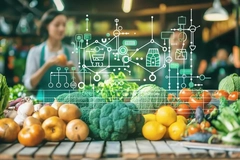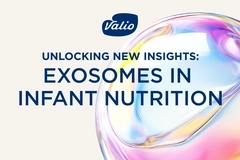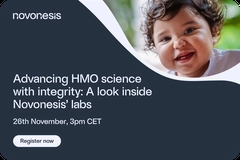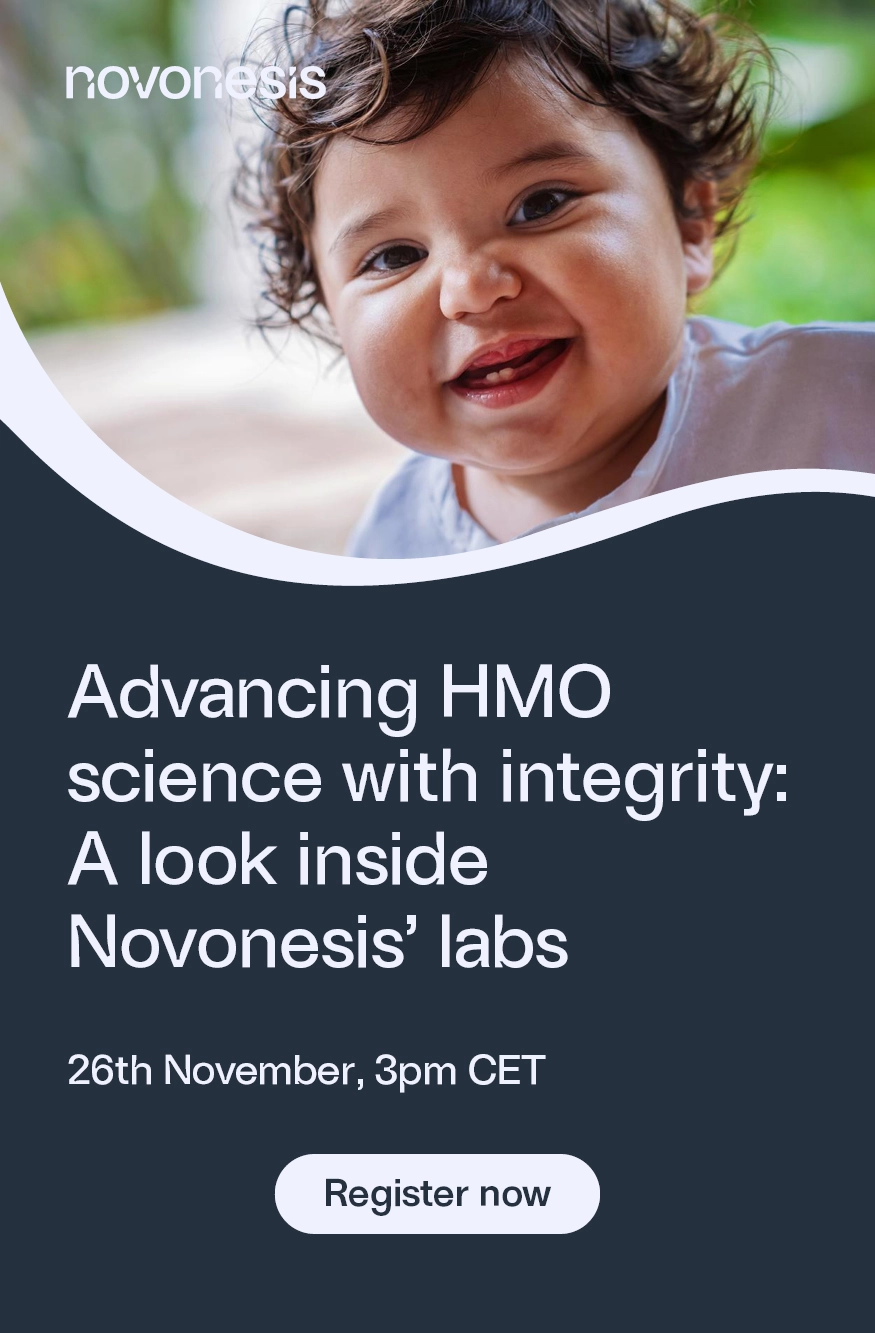AAK: Stronger supply chains and disruptive tech are crucial for future nutrition innovation
Key takeaways
- Health-driven nutrition and supply chain diversification are identified as the two forces that will dominate food innovation over the next decade.
- Emerging technologies such as fermentation and alternative carbon sourcing can unlock new functionality, improve flexibility, and support long-term nutrition goals.
- Industry-wide collaboration across corporates, start-ups, and academia is essential to accelerate innovation, address resource limitations, and prepare for future disruptions.
Amid the current volatile macroeconomic environment, preparing for shifts in supply chains is essential for any industry. For nutrition, this means ensuring that people can still access healthy and nutritious foods during uncertain times, drive innovations in transforming technologies, and prioritize environmental sustainability.
At the MISTA Growth Hack event held in October in San Francisco, California, US, Nutrition Insight sat down with Kim Olofsson, global head of R&D at AAK, to discuss the company’s role in collaborations and the importance of thinking ahead.
Looking at overall trends in food innovation that will persist in the coming years, Olofsson said two stand out from the rest: health and nutrition, and supply chain resiliency and diversification.
“We see climate change, political unrest, wars, and tariffs in the US, for example. And I think there are many things that make it uncertain right now, especially climate change, but also all the other things.”
He emphasized that it is not a question of if, but of when. “We need to be better prepared, and I’m talking about everyone… And then you have to start thinking about what we can do.”
Emerging technologies
Going into more specifics, such as emerging and transformative technologies, Olofsson shared the most promising industrial tools that can have a long-term impact.

Technologies such as fermentation used for upcycling should be of interest, he said, because sugar or other residues from various parts of the world could be utilized, creating greater flexibility.
“We’re very well aware that in some cases it’s much more sustainable, but in some cases, it’s actually much less sustainable. There’s not one solution that fits all.”
He added that for application benefits, taste, texture, mouthfeel, and creaminess are currently under transformation to reduce dependence on ingredients such as dairy.
The health perspective, which Olofsson said was the theme of this year’s MISTA Growth Hack event, “is probably the most interesting area right now, and the one that has the most traction.”
 Olofsson said application benefits, taste, texture, mouthfeel, and creaminess are currently under transformation.One example is lipids, which have long been considered unhealthy and have been “standing in the shadows.”
Olofsson said application benefits, taste, texture, mouthfeel, and creaminess are currently under transformation.One example is lipids, which have long been considered unhealthy and have been “standing in the shadows.”
He said fats and oils are often associated with negative health effects and are deemed unhealthy. “People often say you shouldn’t eat them [fats], and if you do, make sure you eat these and not those,” he exemplified.
Olofsson highlighted the challenges associated with these negative perceptions, while also pointing out an opportunity for growth.
“We know there are a lot of lipids that aren’t essential for humans, pets, and so on. But some lipids are needed for health. For example, can we increase delivery in the body or [nutritional] uptake — make it more efficient?” posits Olofsson.
From an industry perspective, he pointed to an opportunity: “It is a really interesting space, but difficult in the sense that it’s underexplored and understudied. There is less science behind fats compared to other nutrients, such as proteins.”
“There is a flipside to it, because it’s more open and not as crowded when it comes to IP [intellectual property], products, and competition, and so on.”
No one solution fits all
Meanwhile, sustainability is also important, although it cannot always be the only focus, Olofsson stressed, emphasizing affordability, functionality, and taste. He said that brands and formulators have to think about all the different aspects of eco-friendliness and not just CO2, “because it’s not black and white, but rather a gray scale.”
He said many solutions could be better in some aspects, but could also be worse in other situations or applications, particularly where sustainability goals intersect with supply chain demands.
“It is a difficult and complex issue to solve, considering factors such as the type of technologies that utilize alternative carbon sources or CO2, which could have a tremendous impact on the supply chain and disrupt it significantly.”
However, he stressed this is also a “long-term play.” The industry needs to start thinking about supply chain disruptions now to be prepared, although the problem might not arise tomorrow.
Olofsson added that, from the public perspective, the industry needs to start thinking about: “How are we going to feed people in a nutritious way?”
Collaborating with academia and start-ups
Nutrition Insight also spoke with AAK about the importance of collaboration and how the company views partnering with start-ups, as well as more established companies and institutions.
 The industry should already start preparing for supply chain disruptions.Olofsson said that, like any company, AAK’s resources are limited and, therefore, collaborations with other companies are a must. Choosing the right external collaborators is of very high importance.
The industry should already start preparing for supply chain disruptions.Olofsson said that, like any company, AAK’s resources are limited and, therefore, collaborations with other companies are a must. Choosing the right external collaborators is of very high importance.
“It could also be an early-stage collaboration with a start-up or with academia, where we’re scratching the surface, looking into something new. Or it could be with a start-up, or one of our peers, where we try to collaborate in some area,” he said.
“When it comes to start-ups and academia, there are some very good and well-respected academic groups that are looking into this. But then, of course, we also try to motivate and educate our customers, and the end consumers.”
Olofsson underscored that there’s always the question of resources. “How much can we do at the same time? We try to be very focused and make sure that we do the right thing that we believe in.”
“What is great about AAK in that sense is that we are big and global, but we are not that big. We’re still agile for a large company or corporation. We can often be flexible when it comes to the types of collaborations that we have,” Olofsson said.
He concluded that, from an industry perspective, there is still much to be done. “I’m not just talking for AAK or the MISTA members, I’m talking about the whole industry.”
















